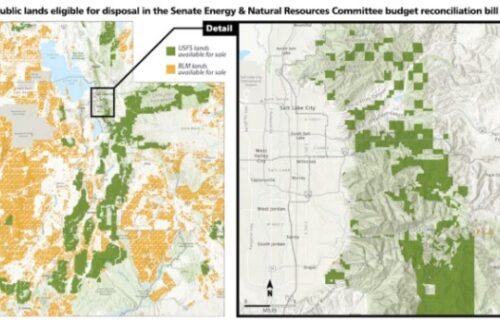Tracking when and where great white sharks eat
Technology makes tracking the amount of steps you take, or what you eat, pretty easy. But what if you wanted to track when and where great white sharks eat — that’s a different story.
Well, research scientists at the Monterey Bay Aquarium have figured out how to do exactly that.The scientists say it’s important to understand their feeding habits to make sure there’s enough food to keep the species around. For 10 years researchers have been working to track one of the oceans top predators, the great white. The shark swims at the top of the food chain, and scientists said it’s important to know when and where they eat, to make sure there’s enough prey to go around.
“White sharks, they’re not feeding all the time, they get a big meal and that lasts them days or weeks even and it turns out that white sharks are feeding here in California are then traveling across the ocean thousands of miles,” said Monterey Bay Aquarium research scientist, Dr. Salvador Jorgensen.
Researchers are tracking that information with a device they call, a “Daily Diary.” The electronic tracking device has a satellite transmitter which they attach to a piece of whale blubber to get the shark to swallow it. After sitting in a shark’s stomach for about 5 to 10 days logging tail movement and stomach temperature. The hotter the temperature means more food was devoured.
Dr. Jorgensen said like owls sharks regurgitate undigested parts, and that’s how they get the Daily Diary back. An antenna on the device sends a satellite signal back to Monterey Bay researchers. Scientists said so far the results are good, as the seal population is up, sharks don’t have to worry about running low on food.
“Sharks are an important part of the ecosystem and our goal really is to make sure this ocean here and the oceans around the world have their predators and have sharks and are able to maintain their ecosystem health in a natural way that supports all of the sea life,” said Dr. Jorgensen.


